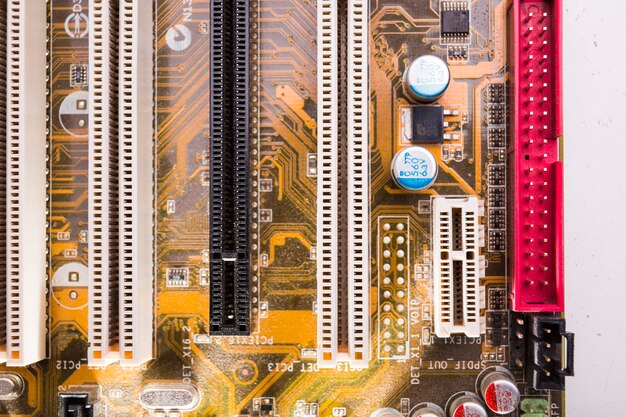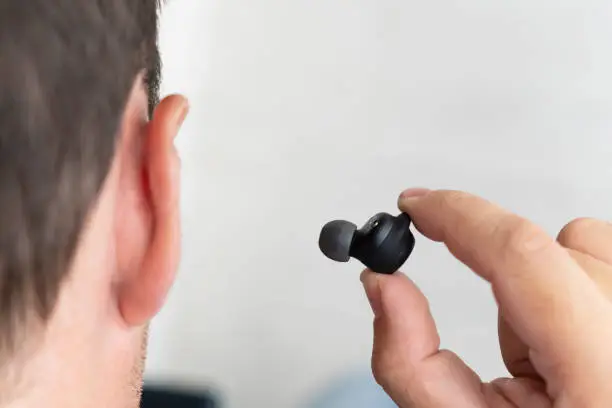For many people, hearing aids are essential tools for improving their quality of life. However, like any device used regularly, proper care and maintenance are crucial to ensure they function effectively. Hearing aid domes, which are the soft silicone tips that sit inside the ear canal, can sometimes cause discomfort, irritation, or even minor infections. When this happens, some may wonder if applying Neosporin to the domes could help alleviate these issues.
In this guide, we’ll explore whether it’s safe to use Neosporin on hearing aid domes, the potential risks involved, and the best practices for maintaining comfort and ear health while using hearing aids.
What Are Hearing Aid Domes?
Hearing aid domes are small, flexible tips that attach to the end of the hearing aid receiver and fit into the ear canal. They play an important role in ensuring the sound is directed properly while providing comfort for the user. However, because domes are worn inside the ear, they can collect earwax, moisture, and bacteria, which may lead to irritation or infection if not properly cleaned and maintained.
When irritation or discomfort arises, some users consider using products like Neosporin, a common antibiotic ointment, to soothe their ears. But is this a safe solution?
What Is Neosporin, and What Does It Do?
Neosporin is an over-the-counter antibiotic ointment designed to treat minor cuts, scrapes, and burns. It contains a combination of three active ingredients—bacitracin, neomycin, and polymyxin B—which help prevent bacterial infections on the skin. While it’s effective for external skin injuries, using it inside the ear or on hearing aid domes is another matter altogether.
Is It Safe to Use Neosporin in Hearing Aid Domes?
In short, no, it is not recommended to use Neosporin on hearing aid domes. Here are a few important reasons why:
1. Risk of Residue Buildup
Neosporin is a thick ointment that could easily create a sticky residue on your hearing aid domes. This residue can clog the small openings of the hearing aid receiver, leading to reduced sound quality or even damage to the device. Over time, this can cause performance issues with your hearing aids, potentially requiring costly repairs or replacements.
2. Increased Risk of Infection
While Neosporin is intended to prevent infection on external wounds, applying it to your hearing aid domes introduces additional moisture and chemicals into your ear canal. This moisture can trap bacteria and earwax, which may actually increase the risk of infection rather than preventing it.
3. Potential for Allergic Reactions
Neosporin contains ingredients that can sometimes cause allergic reactions, particularly neomycin. The sensitive skin inside the ear canal can be more prone to irritation, swelling, or redness if exposed to these ingredients, leading to more discomfort rather than relief.
4. Damage to Hearing Aids
Hearing aids are sensitive electronic devices, and any ointment or cream applied near them has the potential to damage the internal components. Moisture and oily substances can seep into the hearing aid itself, leading to malfunctions. Repairing or replacing a damaged hearing aid can be expensive, so it’s best to avoid using any topical products that could compromise the device’s function.
What to Do If You Experience Discomfort with Hearing Aid Domes
If you’re dealing with irritation, redness, or discomfort from your hearing aid domes, there are safer alternatives than using Neosporin. Here are some steps you can take to maintain comfort and ear health:
1. Ensure Proper Fit
Discomfort often arises from using domes that are either too small or too large for your ear canal. If your domes don’t fit properly, they can cause friction, leading to irritation. Visit your hearing specialist to ensure you’re using the correct size and type of dome for your ear.
2. Keep Your Hearing Aids Clean
Maintaining clean hearing aids is crucial for both comfort and device longevity. Regularly wipe down your hearing aids and domes with a dry, soft cloth to remove earwax and debris. Avoid using water, as moisture can damage the electronics inside the hearing aids. For deep cleaning, consult your audiologist or use a cleaning kit designed for hearing aids.
3. Use Hearing Aid-Safe Lubricants
If dryness or friction is causing discomfort, consider using a hearing aid-safe lubricant. These products are specifically designed to reduce friction without damaging your hearing aids or introducing moisture. Speak to your hearing care provider for recommendations on safe, approved products.
4. Consider Anti-Itch Ear Drops
If you experience itching or mild irritation in your ear canal, over-the-counter anti-itch ear drops can provide relief. These drops are typically safe for use with hearing aids, but you should always consult your audiologist or doctor before using any new product in your ears.
5. Consult Your Doctor or Audiologist
If the irritation persists or worsens, it’s important to consult with a healthcare professional. Your doctor or audiologist can check for any underlying issues, such as ear infections or wax buildup, and provide appropriate treatments. They may also suggest different domes or hearing aid styles that are more comfortable for you.
How to Properly Care for Your Hearing Aid Domes
Proper care of your hearing aids and domes can help prevent discomfort and extend the life of your devices. Here are some tips for keeping your hearing aid domes in top shape:
Clean your domes daily: Use a dry, soft cloth to wipe down the domes after use. This helps remove any accumulated earwax or debris.
Replace domes regularly: Over time, domes can wear down and become less effective or comfortable. Replace them as recommended by your hearing care provider.
Store hearing aids in a dry place: When not in use, store your hearing aids in a protective case away from moisture, extreme temperatures, and direct sunlight.
Conclusion: Stick to Safe Practices
While Neosporin is a trusted treatment for minor skin injuries, it’s not suitable for use on hearing aid domes or inside your ears. Applying Neosporin can lead to residue buildup, increased risk of infection, and potential damage to your hearing aids. Instead, focus on cleaning your hearing aids regularly, using proper-sized domes, and consulting with your doctor for any persistent ear issues.
By following these guidelines, you can ensure your hearing aids stay in good condition and continue to provide you with clear, comfortable hearing. For any concerns, always seek professional advice to maintain both your ear health and the functionality of your hearing devices.

 Uncategorized3 months ago
Uncategorized3 months ago
 Uncategorized7 months ago
Uncategorized7 months ago
 Uncategorized5 months ago
Uncategorized5 months ago
 Uncategorized4 months ago
Uncategorized4 months ago










